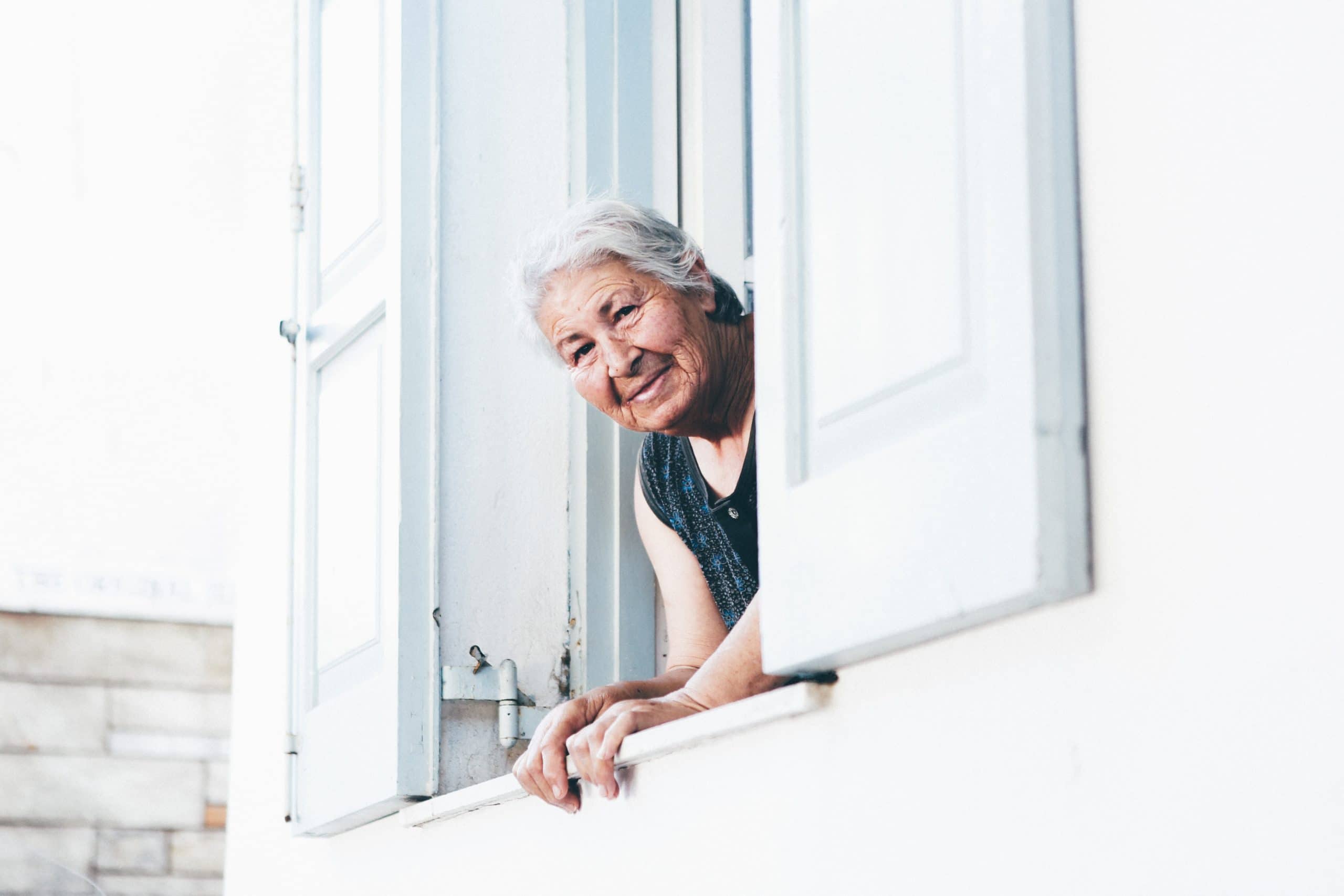Retirement homes in Japan and the UK are the testing grounds for the newest iteration of care robots. Their purpose is to remind users to take their medications, encourage physical activity, and promote connections with family and friends. They are even effective in reducing loneliness and promoting mental health. The big difference with these care robots and previous designs is they also have additional cultural sensitivity programming.
An introductory video to the project states that “CARESSES is a three-year international, multidisciplinary project whose goal is to design the first robots that can assist older people and adapt to the culture of the individual they are taking care of. The robots will help the users in many ways including reminding them to take their medication, encouraging them to keep active, helping them keep in touch with family and friends. Each action will be performed with attention to the older person’s customs, cultural practices and individual preferences.”
Why is it important for robot caregivers to be sensitive to the cultural norms of their users? If robots are more culturally competent, people will be more receptive to them and thus more inclined to purchase them. A robot will be more commercially appealing to its target market if it is equipped with information relating to the culture it is being marketed to. This means understanding that gestures, voice modulation, and topics of conversation are all important in considering desirable robot behavior. For example, a care robot in Muslim culture would not recommend bacon for breakfast but they may be programmed to wish their user “Eid Mubarak” at the conclusion of Ramadan.
According to a report by the U.S. Census Bureau, as the population ages in the U.S., the old-age dependency ratio (the ratio of older adults to working-age adults) will rise. Starting in 2030, every baby boomer will be over 65. That means one in every five Americans is projected to be retirement age. If we consider that by 2020 there will be about three-and-a-half working-age adults for every retirement-age person and retirement homes are already notorious for their lousy care, it is unavoidable that we will have to learn how to enlist the help of robots that are capable of handling the needs of our elderly population.
It is time for us to begin considering what aspects of ourselves we will want our social robots to reflect so that they may better interact with us and be more easily accepted and integrated into society.
Reality Changing Observations:
1. How do you currently use technology to assist you in caring for yourself?
2. What personal preferences would you like your care robot to be attentive to?
3. What will it mean for society when robots increasingly are caring for us?





